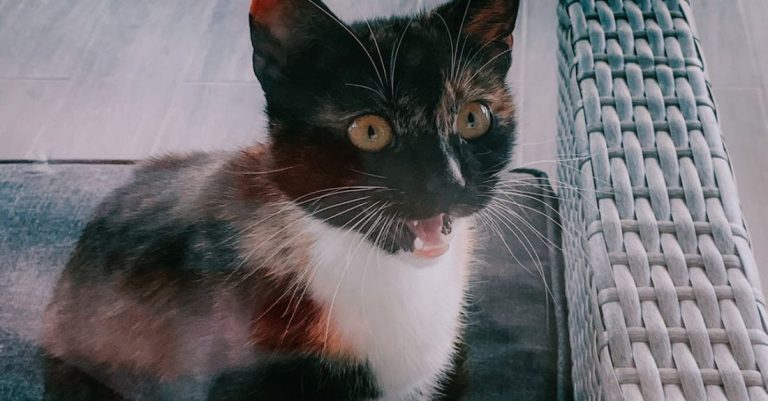
Pets, just like humans, can experience anxiety and stress. Whether it’s due to loud noises, separation from their owners, or unfamiliar environments, it’s essential for pet owners to know how to calm their anxious companions. Understanding the techniques for calming an anxious pet can help create a sense of security and peace for both the pet and the owner. Here, we explore some effective methods that can help soothe your pet’s nerves and promote relaxation.
Recognizing Signs of Anxiety
Before delving into the techniques for calming an anxious pet, it’s crucial to recognize the signs of anxiety in your furry friend. Some common signs of anxiety in pets include excessive barking or meowing, panting, pacing, trembling, hiding, and destructive behavior. By being attentive to these signs, you can intervene early and help your pet feel more at ease.
Creating a Safe Environment
Creating a safe and comfortable environment is key to calming an anxious pet. Ensure that your pet has a designated space where they can retreat when feeling stressed. This area should be quiet, cozy, and equipped with familiar items such as their bed, toys, and blankets. Providing a safe space allows your pet to feel secure and can help reduce their anxiety levels.
Use Calming Music or White Noise
Calming music or white noise can have a soothing effect on pets and help alleviate their anxiety. There are specific music playlists designed to relax pets, featuring gentle melodies and nature sounds. Playing such music in the background can create a calming atmosphere and distract your pet from triggers that cause anxiety. Alternatively, white noise machines can help drown out loud noises that may be unsettling for your pet.
Engage in Relaxation Techniques
Engaging in relaxation techniques can help calm an anxious pet by redirecting their focus and promoting relaxation. One effective technique is massage therapy, which can help reduce muscle tension and promote feelings of calmness. Gently massaging your pet’s back, neck, and shoulders can help them relax and feel more at ease. Another technique is deep breathing exercises, where you can breathe slowly and deeply to help your pet synchronize their breathing with yours, promoting relaxation.
Provide Interactive Toys and Treats
Interactive toys and treats can be a great way to distract and calm an anxious pet. Puzzle toys that dispense treats when manipulated can keep your pet engaged and mentally stimulated, helping to alleviate anxiety. Additionally, treats such as frozen peanut butter or stuffed Kongs can provide a tasty distraction and keep your pet occupied during stressful situations.
Establish a Routine
Pets thrive on routine, and having a consistent daily schedule can help reduce anxiety levels. Establishing a routine for feeding, exercise, playtime, and rest can provide structure and predictability for your pet, helping them feel more secure and less anxious. Try to stick to the same feeding and walking times each day to create a sense of stability for your pet.
Seek Professional Help
If your pet’s anxiety persists despite trying various calming techniques, it may be beneficial to seek professional help from a veterinarian or animal behaviorist. They can provide expert advice and guidance on how to manage your pet’s anxiety and recommend additional strategies or medications if necessary. Remember that every pet is unique, and what works for one may not work for another, so professional guidance can be invaluable in addressing your pet’s specific needs.
In conclusion, calming an anxious pet requires patience, understanding, and a proactive approach. By recognizing the signs of anxiety, creating a safe environment, using calming music or white noise, engaging in relaxation techniques, providing interactive toys and treats, establishing a routine, and seeking professional help when needed, you can help your pet feel more secure and relaxed. Remember that a calm and happy pet leads to a harmonious relationship between you and your furry companion.





